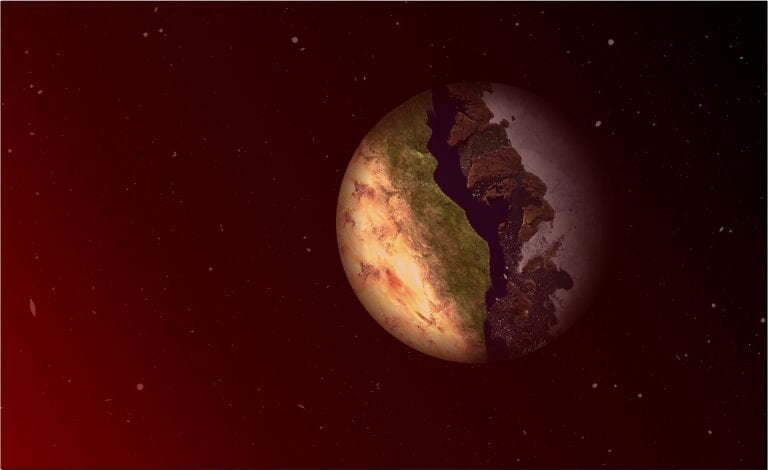
These in-between regions could be prime sites for liquid water. In a new study, University of California, Irvine astronomers describe how extraterrestrial life has the potential to exist on distant exoplanets inside a special area called the “terminator zone,” which is a ring on planets that have one side that always faces its star and one side that is always dark.
“These planets have a permanent day side ...
Read More









Recent Comments